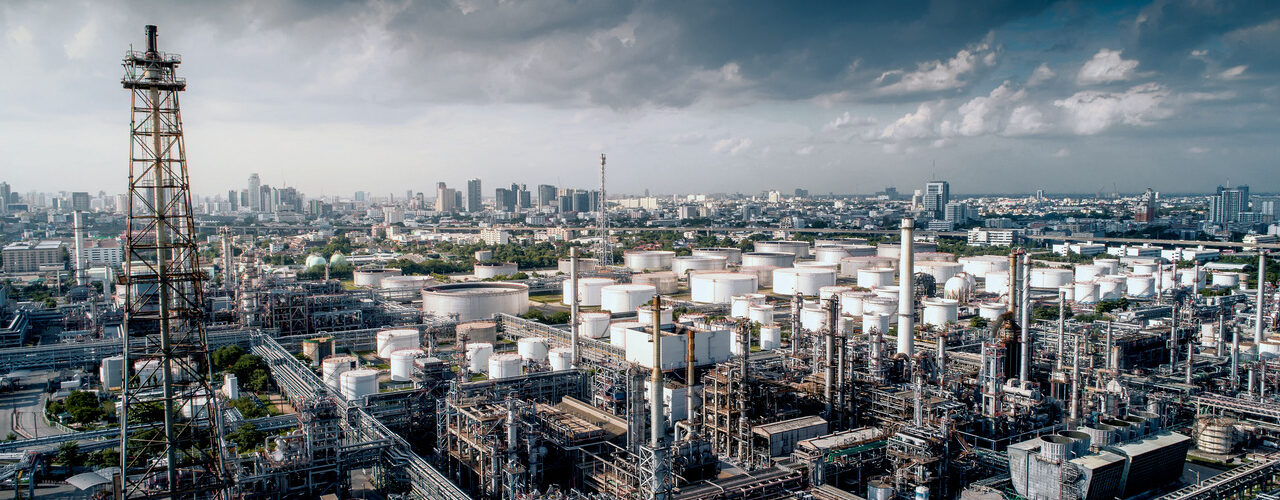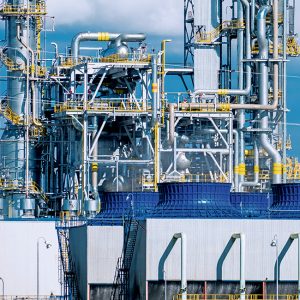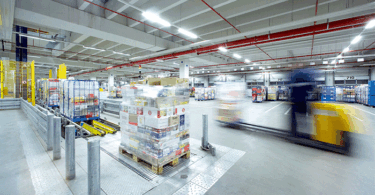What are the regulations that impact flaring in the chemical industry
The chemical processing industry is subject to many regulations that aim to protect the environment, public health, and workers. These regulations are designed to reduce the risks associated with chemical production and use, and ensure that chemicals are produced, used, and disposed of in a safe and responsible manner. Thanks to the Chemical Sector Rule they know which rules and regulations to follow.
New regulations from the Environmental Protection Agency (EPA) have had impacts on flaring in the chemical sector. This regulation, Refinery Sector Rule (RSR) 40 CFR Part 63, indicates that flares must comply with new requirements for flare control devices that include pilot flame presence, visible emissions monitoring, flare tip velocity, combustion zone operating limits, pilot flame monitoring, and more.
What is the Chemical Sector Rule?
Often called the Chemical Sector Rule, it is a set of regulations put in place to protect the environment, public health, and worker safety. This rule applies to companies in the chemical processing industry that are subject to the Clean Air Act and Clean Water Act. It includes requirements for monitoring emissions, controlling the release of hazardous air pollutants, and managing hazardous waste.
The Chemical Sector Rule sets stringent standards for the chemical processing industry. Companies must monitor emissions from their operations, such as volatile organic compounds, oxides of nitrogen, and sulfur dioxide. In addition, they must control the release of hazardous air pollutants by installing emission control devices and implementing best management practices.
It also requires companies to manage hazardous waste generated from their operations. This includes proper storage, labeling, and transport of hazardous materials. Companies must also treat and dispose of hazardous waste in an environmentally responsible manner.
History of Chemical Processing Regulations
One of the most important sets of regulations governing the chemical sector is the Toxic Substances Control Act (TSCA). This act was passed in 1976 and it is the primary law for regulating chemicals in the United States. The TSCA requires chemical manufacturers and importers to provide the EPA with information about their products, including their toxicity and potential hazards. The EPA then assesses the risks posed by chemicals and can take action to control their use if necessary.
Another important set of regulations is the Hazardous Materials Regulations (HMR). These regulations were implemented in 1987 and they are designed to protect people and the environment from the dangers of hazardous materials. HMR requires companies to notify the government of any hazardous materials they are shipping, and to provide information about the types of materials, the amount being shipped, and the route it is taking. The HMR also requires companies to properly package and label hazardous materials, and to provide appropriate training for their workers.
The chemical sector is also subject to several other regulations that aim to reduce the risks associated with chemicals. These include rules on chemical storage, disposal, and the use of personal protective equipment. Chemical companies must also comply with the Occupational Safety and Health Administration (OSHA) and EPA regulations, which set safety standards for workers and the environment.
Without these regulations, the chemical sector would be a much riskier and dangerous place. The regulations are essential for ensuring that chemicals are produced, used, and disposed of safely, and for protecting the environment and public health.
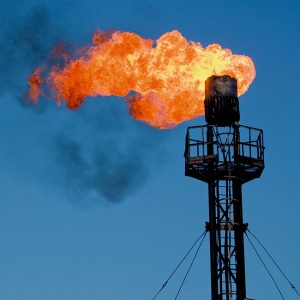 Flaring Regulations
Flaring Regulations
The chemical sector is subject to a range of regulations concerning the safe and efficient operation of its facilities. One important rule is related to flaring, a process in which flammable gases and vapors are deliberately released into the air.
Flaring is often used as a safety measure to prevent the accumulation of hazardous vapors in chemical production plants. It is also used to dispose of unwanted gases and vapors generated during routine chemical processing operations. The regulation of flaring is an important part of the chemical sector's overall safety and environmental performance.
Flaring releases various pollutants into the environment, including carbon dioxide and other greenhouse gases, which can have a detrimental impact on air quality. As such, it is important for chemical companies to comply with regulations to ensure that flaring is conducted in a responsible and safe manner.
Regulators typically set limits on the amount of flaring that can occur to limit the amount of air pollution and reduce the risk of other environmental harms. They also require chemical companies to use the most up-to-date flaring technology, such as low-emission burners, and to monitor the flaring process to ensure it is conducted safely.
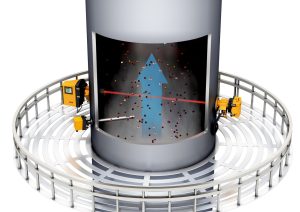 To ensure compliance with the regulations, chemical companies must have comprehensive flaring policies and procedures in place. These should include measures for monitoring and controlling the flaring process, as well as for training personnel on the use of appropriate flaring technology.
To ensure compliance with the regulations, chemical companies must have comprehensive flaring policies and procedures in place. These should include measures for monitoring and controlling the flaring process, as well as for training personnel on the use of appropriate flaring technology.
Regular audits of flaring activities can also help to ensure that chemical companies are meeting their regulatory obligations. By implementing effective flaring policies and procedures, chemical companies can ensure they are compliant with the relevant regulations and reduce the risk of harm to the environment or human health.
Want to learn more about the chemical sector rule and how SICK can help you meet these regulations? Contact a SICK representative today!


